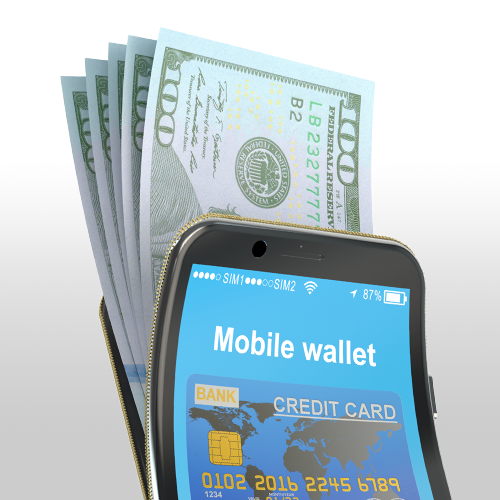Mobile Giving: Bridging the Gap Between the Mobile Mindset and Effective Fundraising

Our last post explored how younger donors approach giving and how to engage this emerging donor base. One shift in donor behavior that skews younger is the rise of mobile giving.
And yet mobile phone users are less likely to give than desktop users. Even the same people are more likely to donate when on a non-mobile device. Why?
The answer is a “mobile mindset” where we don’t always think charitably when on our phones, as we tend to be in consumption mode. Thankfully, we can overcome this bias with smart customization.
Why do we have a mobile mindset? How our tools shape us. Today, smartphones are extensions of ourselves. Research shows that when people engage on their phones, they’re more likely to focus on their own needs and less on others, making them less inclined to donate than if they were using a desktop computer. This “mobile mindset” can impact how individuals perceive donation requests on mobile devices.
For example, in a study testing the response to a call-to-action from the American Red Cross, the willingness to donate was noticeably different depending on the device used. While 50% of desktop users were likely to donate, only 35% of mobile users felt the same. A follow-up study with the Salvation Army echoed this trend, finding that smartphone users showed a greater tendency toward self-oriented thinking, which diminished their likelihood of contributing.
The results present a challenge and an opportunity: understanding the mobile mindset allows fundraisers to adapt their messaging and bridge the mobile giving gap.
Overcoming Self-Focus with Strategic Messaging
Incorporating an “other-focused” appeal can be a game-changer. One experiment conducted by Aktion Deutschland Hilft tested two variations of donation messages on both PCs and smartphones. One message simply stated, “We provide emergency help for Ukraine – Donate Now.” The other framed the appeal in terms of the recipients’ needs: “The people suffering in Ukraine need help – Donate Now.” The results were clear: mobile users were significantly more responsive to the other-focused message, with click-through rates increasing from 0.73% in the general message to 1.01% in the other-focused version.
This insight suggests that you can improve mobile conversion rates by crafting messages that emphasize empathy and highlight the urgency of the need for mobile users. Small changes in messaging can effectively counteract the self-focus tendency and inspire a greater willingness to give.
Note that this message suppressed response rates for desktop users. Thus, it’s critical that you customize your message and can target it to the right people on the right platform. However, many organizations still present the same messages across all devices, missing an opportunity to maximize smartphone engagement.
Tailoring messaging based on device type is more accessible than ever through tools like Google Ads, where ads can be optimized for mobile or desktop users. Likewise, digital content optimization platforms like the one used by Moore Digital can serve the right display or video ad to the right person by platform (along with customizing on hundreds of other variables.) By doing so, your organization can capitalize on the differences in how people engage with their devices, ultimately enhancing the impact of their campaigns.
Understanding how device type affects donor behavior is essential as mobile giving grows. By recognizing the nuances of the mobile mindset, nonprofits can better meet donors where they are—and inspire them to make a difference with a simple tap.